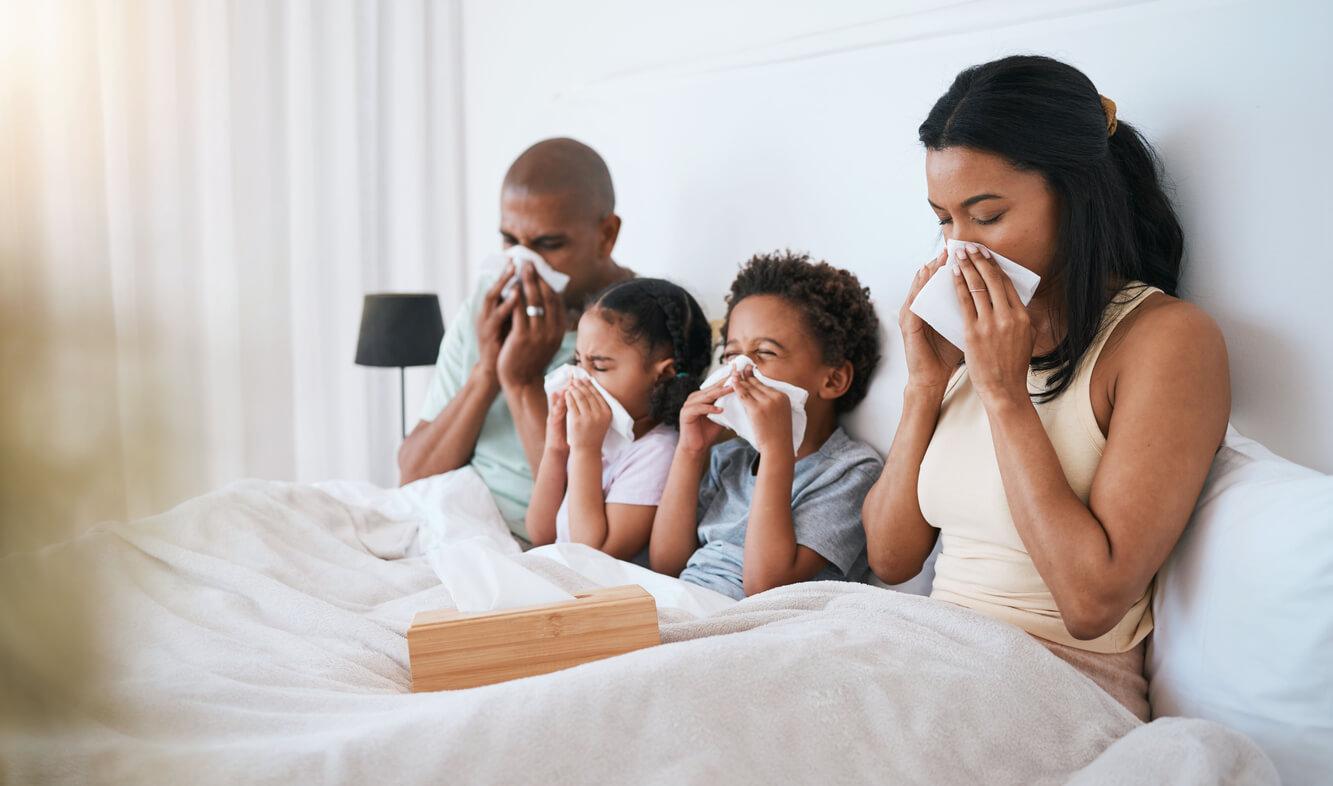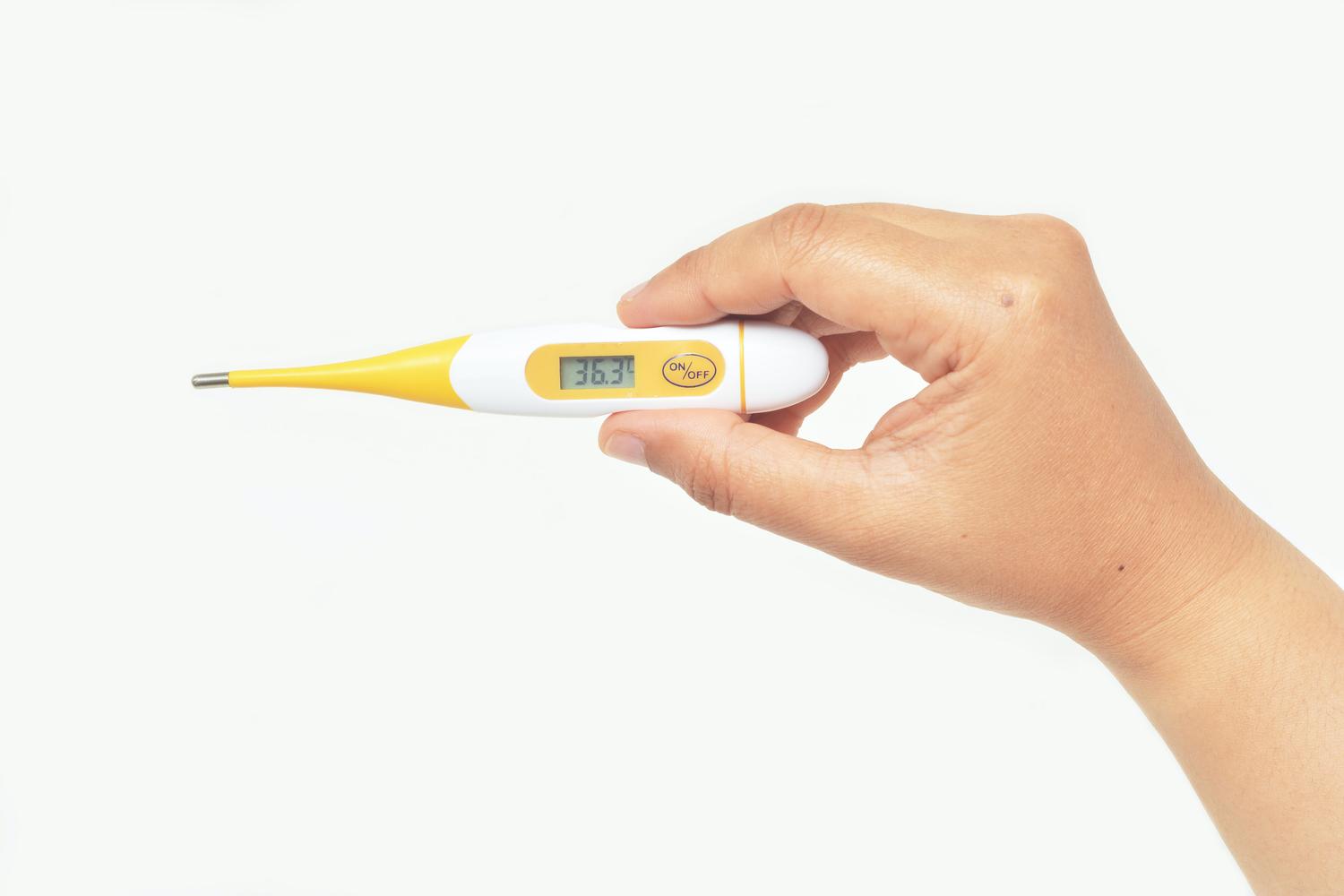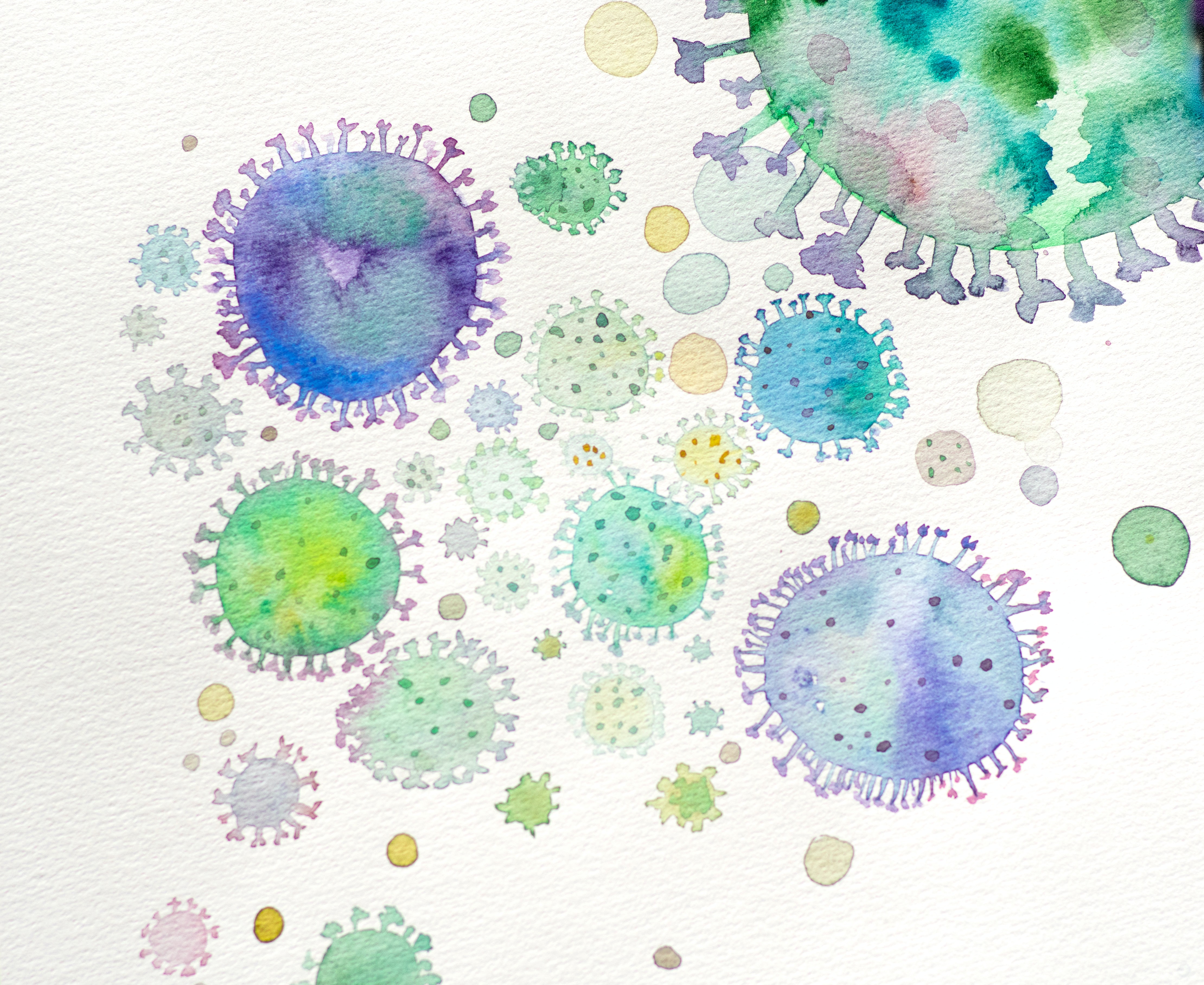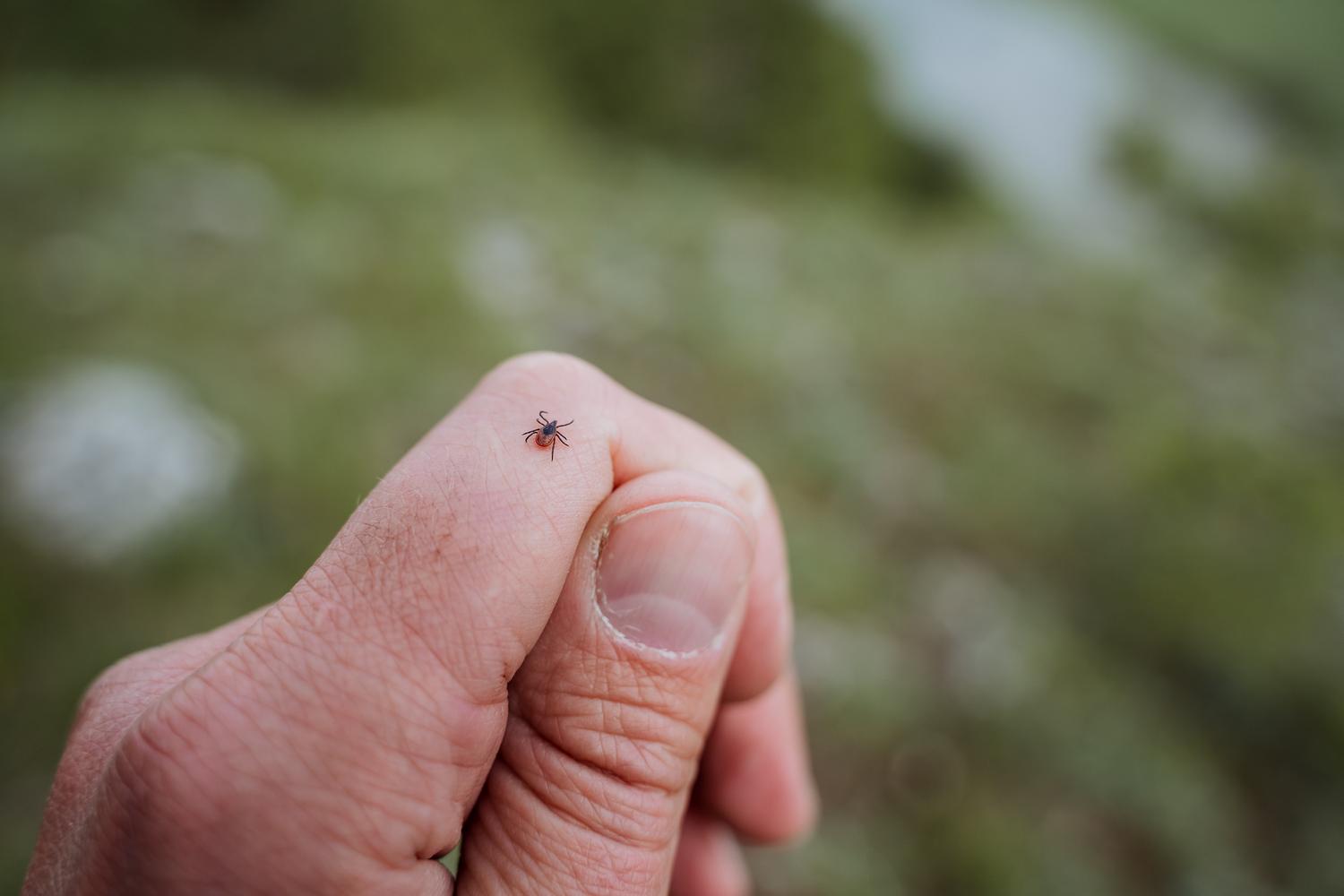How Long Should You Wash Your Hands?
Key takeaways
- You should wash your hands with soap and clean running water for at least 20 seconds to stop germs from spreading
- Hand sanitizer is helpful when soap and water aren’t available, but it doesn’t replace proper handwashing
- Good hand hygiene is one of the easiest and most effective ways to protect yourself and others from illness
You touch an infinite number of things in a day: doorknobs, light switches, phones, pet food bowls, keyboards, shopping carts, car doors. And while it’s not fun to think about, every one of those surfaces carries viruses and bacteria that can transfer to your hands.
In fact, the Centers for Disease Control and Prevention (CDC) estimates that around 80% of common infectious illnesses, like the common cold and the flu, are spread through dirty hands.
Luckily, there’s a simple and effective way to keep those germs from getting you (and others) sick: washing your hands.
"Handwashing may seem pretty basic," says Dr. Allison Edwards, Medical Director of Sesame, "but it’s actually one of the most powerful tools we have for stopping the spread of germs and preventing illnesses."
Despite this, a 2025 report found that only 3 out of 5 of American adults knew the right amount of time to wash their hands.
So, how long should you be washing your hands? What’s the right way to wash them? And are soap and hand sanitizer equally effective? Let’s break it down.
What is handwashing?
Handwashing is the simple act of cleaning your hands with plain soap and clean water to remove dirt, germs, chemicals and more.
When you rub your hands together with soap and water, you create a lather that helps remove germs from the skin. Those bacteria and other debris are then rinsed away under running water.
Whether you’re using bar soap, liquid soap, or even antibacterial soap, the goal is the same: clean hands that are less likely to spread illness.
How long should you wash your hands for?
The CDC recommends scrubbing your hands for at least 20 seconds. An easy trick? Sing the “Happy Birthday” song in your head twice. That’s about enough time to make sure germs are gone.
Make sure you cover:
- Palms and backs of your hands
- In between your fingers
- Under your nails
- Thumbs and wrists
How to wash your hands correctly
If you need a refresher on handwashing, or if you’re trying to teach good hand hygiene to a youngster, these steps show you how to wash your hands the right way:
- Wet your hands with clean, running water. Either warm water or cold water will work; studies show that both are equally effective at removing germs.
- Apply plain soap (liquid soap, bar soap, or foam will all work) and create a lather by rubbing your hands together.
- Scrub your palms, backs of your hands, between your fingers, and under your nails for at least 20 seconds – get into all the nooks and crannies!
- Rinse your hands well under clean, running water.
- Dry your hands using a clean towel, paper towel, or air dryer. If you can, use a paper towel to turn off the faucet and open the bathroom door. If you don’t have a towel, air-dry your hands completely.
“Learning how to wash your hands properly is incredibly important for both adults and children,” says Dr. Edwards. “There are so many ways to do it poorly, but once you’ve got a good routine, it becomes second nature.”
Why is handwashing important?
Good hand hygiene reduces your chances of getting sick and helps protect others around you. In fact, the Centers for Disease Control and Prevention (CDC) estimates that handwashing can reduce your risk of catching a GI illness by 30%.
Proper handwashing can:
- Kill germs that cause colds, flu, and coronavirus
- Protect you after sneezing, coughing, or blowing your nose
- Protect others from contracting bacteria or viruses from your hands
- Reduce the chance of foodborne illnesses after touching raw meat or pet food
Proper handwashing is also one of the best ways to prevent infections in healthcare settings. Studies have found that hospitals where employees wash their hands well (and often) have fewer patients with hospital-acquired infections. When healthcare workers wash their hands frequently, patients stay healthier.
The simple act of handwashing may even reduce antibiotic resistance! Since handwashing can reduce infections, fewer antibiotics are prescribed for those infections – which helps prevent those medications from being overprescribed.
Handwashing may seem pretty basic, but it’s actually one of the most powerful tools we have for stopping the spread of germs and preventing illnesses.
When should you be washing your hands?
According to the National Foundation for Infectious Diseases (NFID), adults are likely to wash their hands after using the bathroom (69%) and when preparing food (48%). But those aren’t the only scenarios where you should be washing your hands.
Below are some common situations where handwashing is important:
- Before eating or preparing food
- After using the restroom
- After leaving a doctor’s office, pharmacy or hospital
- After being in a restaurant or cafe
- After sneezing, coughing, or blowing your nose
- After touching pet food or animals
- After being in a public place and touching surfaces like doorknobs, shopping carts, or handrails
- Before and after caring for someone who is sick
What’s more effective, handwashing or hand sanitizer?
It may surprise you to know that handwashing with plain soap and running water is still the best way to clean your hands.
Why? Because while hand sanitizers can eliminate germs, they don’t actually remove dirt, chemicals, or grease.
If you’re in a pinch and don’t have soap and clean water available, a dime-sized amount of alcohol-based hand sanitizer (with at least 60% alcohol, as recommended by the FDA) is a good option and accomplishes the goal of reducing the spread of illness. But at the end of the day, traditional handwashing is the winner to get good, clean hands.
How Sesame can help
Try as you might, washing your hands won’t stop every virus or infection. Even with top-tier hand hygiene, you can still catch something (especially in healthcare settings or during cold and flu season).
That’s where Sesame comes in! If you’re feeling under the weather, providers on Sesame offer same-day telehealth visits so that you can get care from the comfort of your couch – no insurance needed.
Whether you’re dealing with a lingering cough, a stomach bug, or a nose that won’t stop running, you’ll be able to get the care you need without getting stuck sitting in a germy waiting room.
Related posts

The common cold and COVID-19 can cause similar symptoms - here's how to tell to the two conditions apart and get proper treatment.

It can be hard to tell if you are managing the flu or COVID-19. An understanding of these illnesses and their symptoms can help you get the proper treatment.

As the US continues to see a rapid spike in RSV (Respiratory Syncytial Virus), flu and Covid-19 infections this winter, some health officials are referring to the collision of these respiratory viruses as a “tripledemic”.

Respiratory Syncytial Virus (RSV) is a viral infection of the lungs and upper respiratory tract (the breathing passages of the nose and throat).

These back-to-school health strategies can help maintain the immune system, encourage academic success, and start the year on the right foot.

Repetitive, frequent sneezing can be more than just a minor annoyance. Read on for 13 ways to find relief from sneezing, fast.

These travel health tips can help prepare you for common travel health issues like bug bites, sunburns and swimmer’s ear.

Concerned about a recent tick bite or experiencing symptoms of a tick-borne illness? Learn how to identify, treat, and prevent tick bites. Plus, learn common symptoms of tick-borne diseases, when to see a doctor, and how to safely remove ticks.

Learn more about weekly cardio guidelines, exercises, and workout ideas to get you moving.
